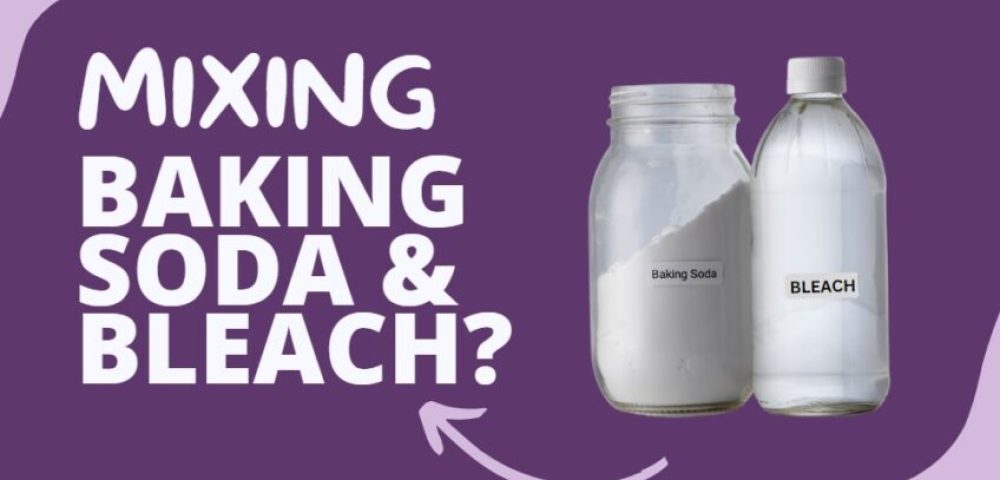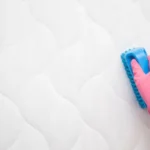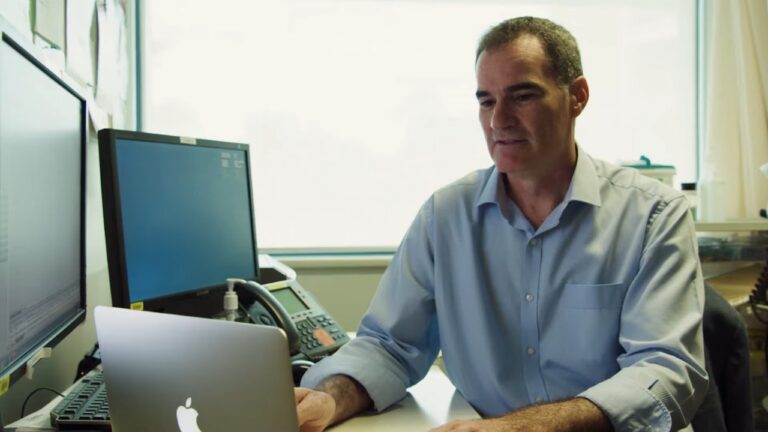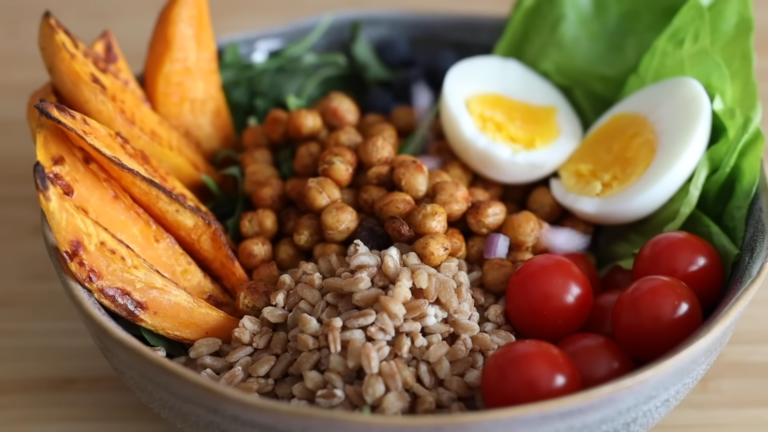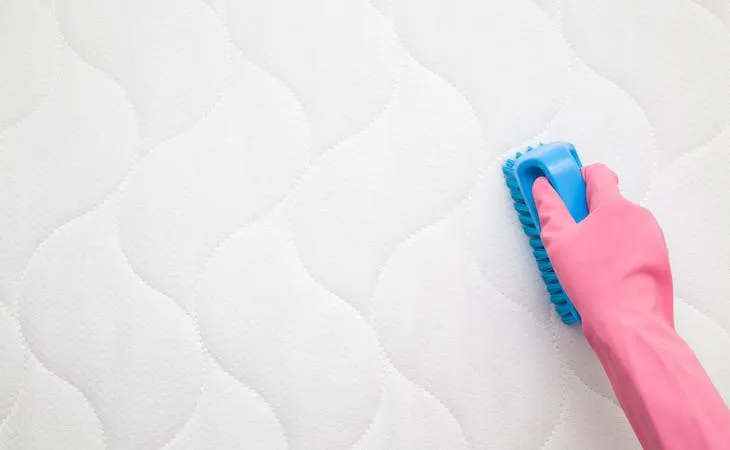Baking soda and bleach are two of the most commonly used household cleaning agents. However, many people don’t realize that mixing these two ingredients can be dangerous. In this blog post, we will explore the risks of mixing baking soda and bleach and provide a safe way to clean with each product.
Page Contents
What Can You Use Baking Soda For?
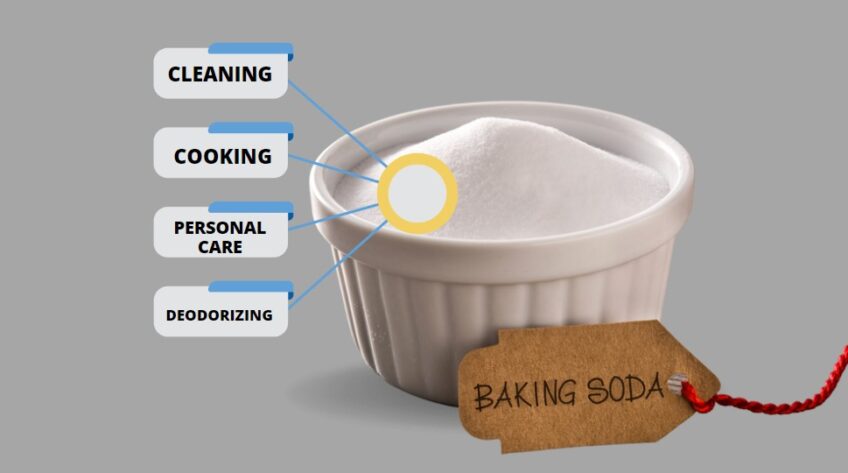
Baking soda is a white, crystalline powder that can be found in most grocery stores. It has a sour smell and is used as a cleaning agent and propellant for many types of products. It is also known to have antibacterial properties.
Baking soda is a chemical compound that is made up of sodium and carbon. When it is wet, baking soda forms a foamy substance. This property makes it an effective degreaser and scrubber. It can also be used as a leavener in breads and other baked goods.
It is most commonly used in cooking and cleaning. In addition, it can be used as a substitute for salt, baking powder, or soda water in many recipes. Baking soda is also known to neutralize acids found in vinegar and other acidic ingredients.
What Can Bleach Be Helpful For?
Bleach is a chemical used to whiten and clean fabric. It’s also used to remove dye from the fabric. Bleach can be bought as an over-the-counter product or it can be made at home. There are two types of bleach: bleaching powder and liquid bleach. Bleaching powder is more concentrated and needs less water to work, while liquid bleach is more dilute and needs more water to work.
Mixing Baking Soda and Bleach
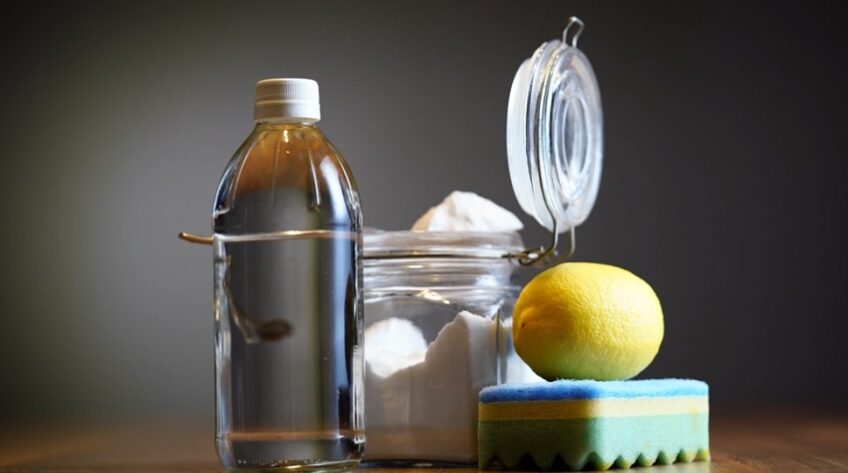
Mixing baking soda and bleach can be dangerous because of the chemicals’ reactivity. Baking soda is a weak base, meaning it reacts with other chemicals to form compounds that can create hazardous gas and explosions. Bleach also has a high acidity, which can cause skin irritation, burns, and even chemical burns if it comes in contact with your eyes or skin. If these compounds are ingested or inhaled, they can cause serious health problems.
How to Do It Safely
If you’re wondering if it’s safe to mix baking soda and bleach, the answer is yes, with some caveats. First and foremost, avoid mixing them if you have a water-sensitive surface or item. Also, make sure to read the instructions that come with your cleaner before using it.
To mix the cleaners safely, pour a small amount of each into a clean container. Mix well until the ingredients are combined. Use the cleaner as directed, focusing on areas that need cleaning rather than spraying it all over the place. Be careful not to get any of the mixture in your eyes or skin, and make sure to wait until the cleaner has dried before handling any surfaces.
You should take care of yourself to stay safe and healthy. Did you know that even some healthy foods like blueberries and even vegetables like eggplants can be extremely dangerous if you eat them in large quantities? Always be cautious around things that you don’t know much about.
What Are the Uses of Baking Soda?
Baking soda is a versatile ingredient that can be used in many ways. Here are five of the most common:
1. Baking Soda Can Help Whiten Teeth

Baking soda is a natural bleaching agent and can help remove plaque and build up on teeth. To use it as a tooth whitener, mix 1/2 teaspoon baking soda with 1 cup water and brush your teeth using this solution twice a day. Be sure to rinse off after brushing because baking soda can irritate your mouth.
2. It Can Help Detangle Hair
Adding a small amount of baking soda to your hair conditioner or shampoo will help detangle your hair and get rid of knots. Simply mix 2 tablespoons of baking soda with 8 ounces of water, pour into a spray bottle, and spritz onto wet hair. Massage the solution into your scalp for best results. Rinse well with cool water to prevent any build-up or frizziness.
3. Baking Soda Can Help Clean Countertops and Sink
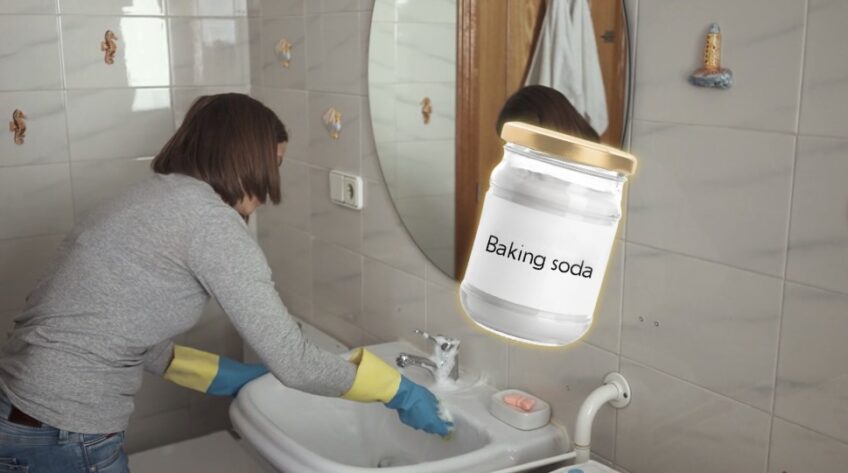
If you have dirtycountertops or sinks, adding a bit of baking soda to your cleaning routine will help clean everything quickly and easily. Mix 1/4 cup baking soda with 2 cups water, pour into a squirt bottle, and use like you would regular detergent to clean surfaces. Wipe down any areas that need extra attention (like the corners of cabinets) before rinsing off all the soap residue
How to Use Bleach Safely
Bleach is a powerful chemical that can be dangerous if used incorrectly. Here are some tips on how to use bleach safely:
- Always test bleach on a small area first to make sure it is safe for the fabric you are cleaning.
- Only use bleach in a well-ventilated area.
- Do not mix bleach with other harsh chemicals, like ammonia, because they can create dangerous fumes.
- Wash your hands after using bleach and avoid contact with your eyes and skin.-Leave bleach in the container it was bought in and store it in a cool, dry place.
What Are the Risks of Bleach?
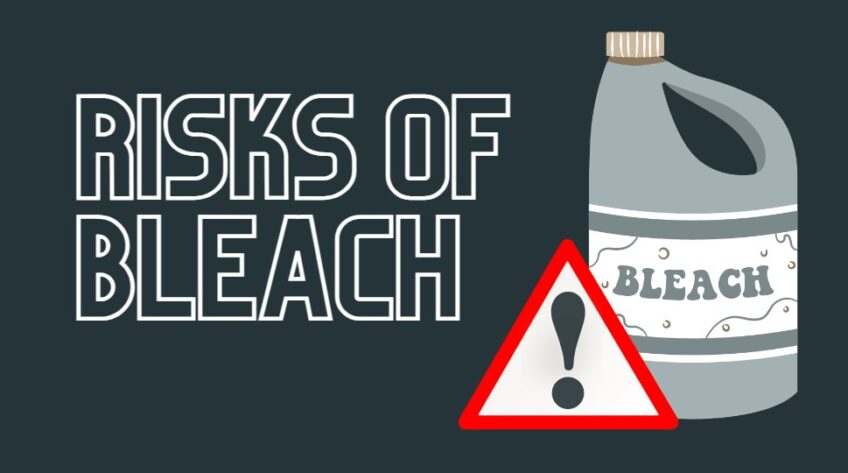
Bleach can be a dangerous household chemical, and its risks should be considered before using it. Here are the five main risks of bleach:
- It can cause skin irritation and poisoning. Bleach can irritate your skin if you use it in large amounts or if it gets on your eyes. It can also poison you if it’s swallowed. If you’re concerned about these risks, always read the label first and use less bleach if necessary.
- It can damage fabric and furniture. Bleach is a powerful bleaching agent, and it can damage fabrics, wood furniture, and other surfaces when used incorrectly. Always test a small area first to make sure that the bleach won’t damage your items.
- It can cause chemical burns. When bleach is mixed with water, it creates an intense acid reaction that can cause chemical burns on contact. always wear protective clothing when using bleach, including gloves, goggles, and a face shield. If this happens to you, get medical help immediately!
- It’s toxic to aquatic life. When bleach is spilled or poured into water bodies, it kills aquatic life by dissolving their tissues and organs. exercise caution when using bleach around waterways – always follow the manufacturer’s instructions carefully!
- It’s costly to clean up after spills or accidents involving bleach. Cleaning up after spills or accidents involving bleach can be expensive – not to mention time-consuming! Always use common sense when cleaning up any kind
Conclusion
In the interest of full disclosure, it should be noted that mixing baking soda and bleach can potentially create a dangerous and explosive mixture. If you’re still interested in trying this experiment, please use caution and make sure to read all safety instructions before beginning.
Leo Green, the embodiment of a wellness guru at Fischer Institute, brings boundless expertise as a health expert and certified personal trainer. With his dynamic approach and unwavering dedication, Leo empowers individuals to embrace a balanced lifestyle, unlocking their full potential for optimal health and vitality.
Also Read:
- Can You Mix Creatine With Pre-Workout - Powerful…
- The Risks of Unregulated Protein Powders: Choosing…
- Does Creatine Make You Gain Weight? - Strategies for…
- Nutrition Tips for Building Muscle: Fueling Your…
- Can Chia Seeds Go Bad? -Shelf Life and Storage Tips
- Do You Have Underboob Rashes? Find Out What Causes…

